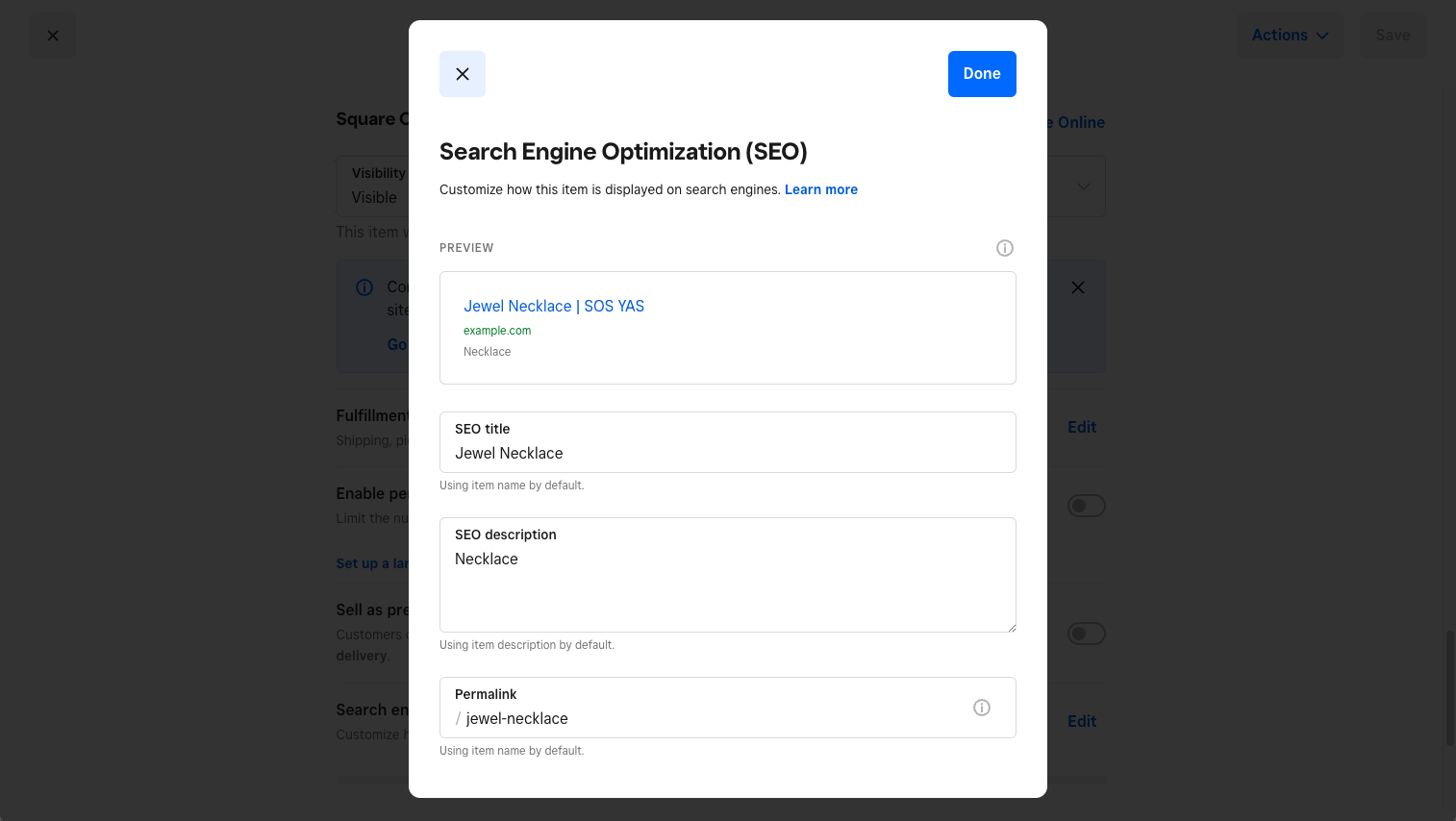Introducing the Unconventional Mediums in Google Analytics Beyond Default Settings
In the realm of electronic analytics, Google Analytics stands as a cornerstone for companies seeking to comprehend their on-line presence. While default settings use valuable insights, truth depth of recognizing hinge on checking out the unusual mediums that typically go undetected. By venturing past the surface area and delving into the complexities of social media sites information, e-mail project efficiency, referral traffic sources, direct web traffic patterns, and custom-made network groups, a treasure of info waits for those going to welcome an extra nuanced strategy. What lies below these non-traditional tools might just redefine exactly how companies perceive and strategize their on-line campaigns.

Leveraging Social Media Site Insights
Periodically ignored, yet exceptionally beneficial, is the method of leveraging social media sites insights within the world of Google Analytics. By incorporating data from systems like Facebook, Twitter, Instagram, and LinkedIn into Google Analytics, businesses can acquire a much deeper understanding of their audience and the efficiency of their social media sites campaigns.
With this assimilation, online marketers can track and assess customer behavior on their web site that stems from social media platforms. They can determine which social media sites networks are driving the most traffic, which content is resonating with the target market, and which projects are converting the most leads. This understanding permits data-driven choices to optimize social media techniques and enhance total advertising and marketing efficiency.
Furthermore, by incorporating social media insights with Google Analytics, companies can create much more targeted and customized campaigns - what is not considered a default medium in google analytics. They can utilize market info, rate of interests, and on the internet habits gathered from social networks to fine-tune their audience segmentation and deliver tailored messages that resonate with specific consumer teams. This targeted strategy can bring about higher interaction, enhanced conversions, and ultimately, improved roi
Revealing Email Project Efficiency
Uncovering Email Project Efficiency includes evaluating vital metrics and performance signs to review the effectiveness of email advertising and marketing efforts. When delving right into e-mail project performance, it is critical to assess metrics such as open rates, click-through prices, conversion prices, and unsubscribe rates. By evaluating these metrics, marketing experts can fine-tune their email campaigns for much better involvement and performance.
Studying Reference Traffic Sources
After examining the efficiency of e-mail projects via key metrics such as open rates and conversion rates, the next important step is examining reference website traffic resources in Google Analytics to understand where website visitors are coming from and how they communicate with the site. Recommendation web traffic resources describe the web sites that guide individuals to your website with clickable web links. By diving into this data, companies can get insights into which external platforms are driving traffic to their site, whether it be social media systems, companion internet sites, or on-line directory sites.
Assessing recommendation web traffic can supply useful details on the performance of outside marketing initiatives and partnerships. It aids organizations determine high-performing recommendation resources that add substantially to web site traffic and conversions. By understanding the actions of visitors coming from various recommendation sources, businesses can tailor their advertising and marketing methods to optimize involvement and conversions. Google Analytics uses detailed records on referral website traffic, enabling organizations to track the efficiency of each recommendation source precisely and make data-driven choices to improve their on-line existence.
Checking Out Straight Website Traffic Patterns
Exploring the direct web traffic patterns in Google Analytics gives beneficial insights into individual actions and the performance of projects - what is not considered a default medium in google analytics. Straight website traffic refers to visitors who land on a site by directly inputting the URL into their web browser, utilizing book markings, or clicking untagged links. Comprehending direct web traffic patterns can assist marketing experts review the influence of offline advertising and marketing initiatives, brand name acknowledgment, and the performance of word-of-mouth references
By diving right into direct web traffic data, companies can uncover crucial information concerning customer intent and brand name loyalty. Assessing the habits of straight visitors, such as the pages they check out, the time spent on site, and the conversion rate, can offer a much deeper understanding of customer involvement and the total efficiency of the web site in transforming visitors right into consumers.
Additionally, tracking direct traffic patterns with time enables businesses to identify trends, seasonality effects, and the success of particular projects or promotions in driving direct gos to. This information can after that be utilized to refine advertising and marketing approaches, enhance website web content, and enhance the total individual experience to take full go to website advantage of conversions.
Utilizing Personalized Channel Groupings
Making use of customized network collections in Google Analytics permits services to classify and evaluate their website traffic based upon particular standards, providing useful insights for enhancing advertising and marketing techniques. Custom-made channel collections make it possible for companies to produce their very own personalized groups of traffic sources, such as social media sites, natural search, email campaigns, and reference traffic. By specifying these collections, services can gain a deeper understanding of exactly how various advertising and marketing channels add to their web site web traffic and conversions.
This feature is especially beneficial for organizations with diverse advertising and marketing strategies across various platforms. A firm running both paid and natural social media projects can differentiate between the two to assess their individual efficiency properly. In addition, personalized network collections can aid recognize any kind of forgotten or taken too lightly website traffic resources that might be driving beneficial involvement.
Verdict

By venturing past the surface and diving right into the complexities of social media information, email campaign efficiency, referral web traffic resources, direct web traffic patterns, and personalized channel collections, a prize trove of details awaits those ready to welcome a you can check here more nuanced technique. They can recognize which social media channels are driving the most traffic, which material is reverberating with the target market, and Visit This Link which campaigns are converting the most leads.After examining the efficiency of e-mail campaigns through vital metrics such as open rates and conversion rates, the following crucial step is evaluating recommendation website traffic resources in Google Analytics to understand where site visitors are coming from and exactly how they connect with the website. Custom channel groupings enable business to produce their own personalized collections of website traffic resources, such as social media, natural search, e-mail projects, and reference website traffic. By leveraging social media understandings, revealing e-mail project efficiency, assessing reference web traffic resources, checking out direct web traffic patterns, and using customized channel groupings, online marketers can acquire important insights into their on-line presence.